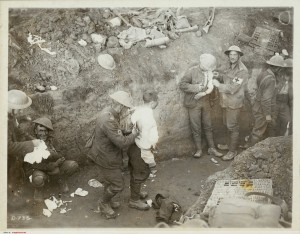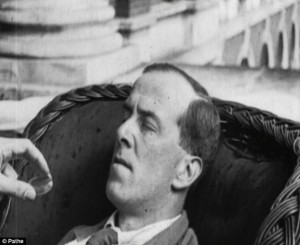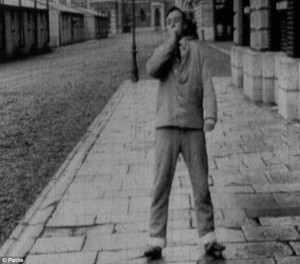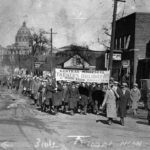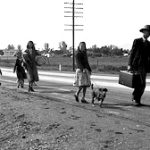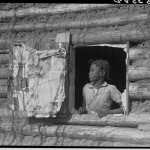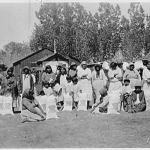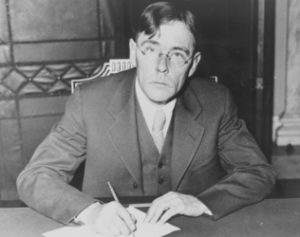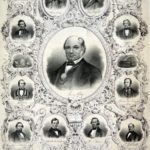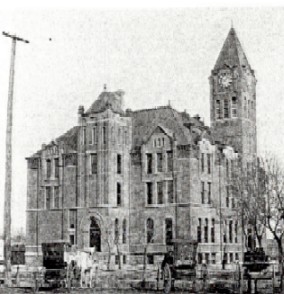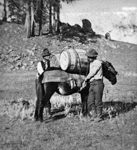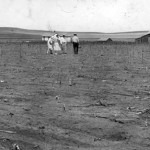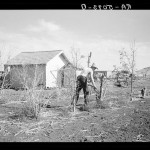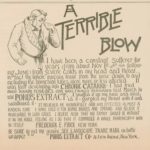Professionals and laypeople alike have probably always observed that war could affect those who went through it, both physically and mentally. After the Civil War, some people who tried to put their finger on what had changed with returning veterans, discussed the “soldier’s heart” phenomenon. This was a (usually) negative change they saw in their loved ones, which they were sure came from being in a war and exposed to combat. Observers primarily believed that physical changes in the heart were responsible for the changes they saw in the person, though they also believed that pining away for their homes during their period of service could bring on nostalgia-related mental symptoms. During WWI, “shell shock” was a descriptive term for the physical effects constant bombardment took on soldiers engaged in long bouts of trench warfare, but physicians also recognized a mental component that they termed “traumatic neurosis.”
WWI era medical professionals had enough information about war-related mental trauma (now called PTSD) that they anticipated its occurrence. In 1917, the National Committee for Mental Hygiene formed a task group called “the committee on furnishing hospital units for nervous and mental disorders to the United States Government” which began to canvas likely facilities in which to house mentally ill soldiers. Veterans Hospitals were obvious sites, and the committee also contacted the superintendents of the government’s two insane asylums: St. Elizabeths in Washington, DC and the Canton Asylum for Insane Indians in South Dakota.
My next post will examine their responses.
______________________________________________________________________________________
